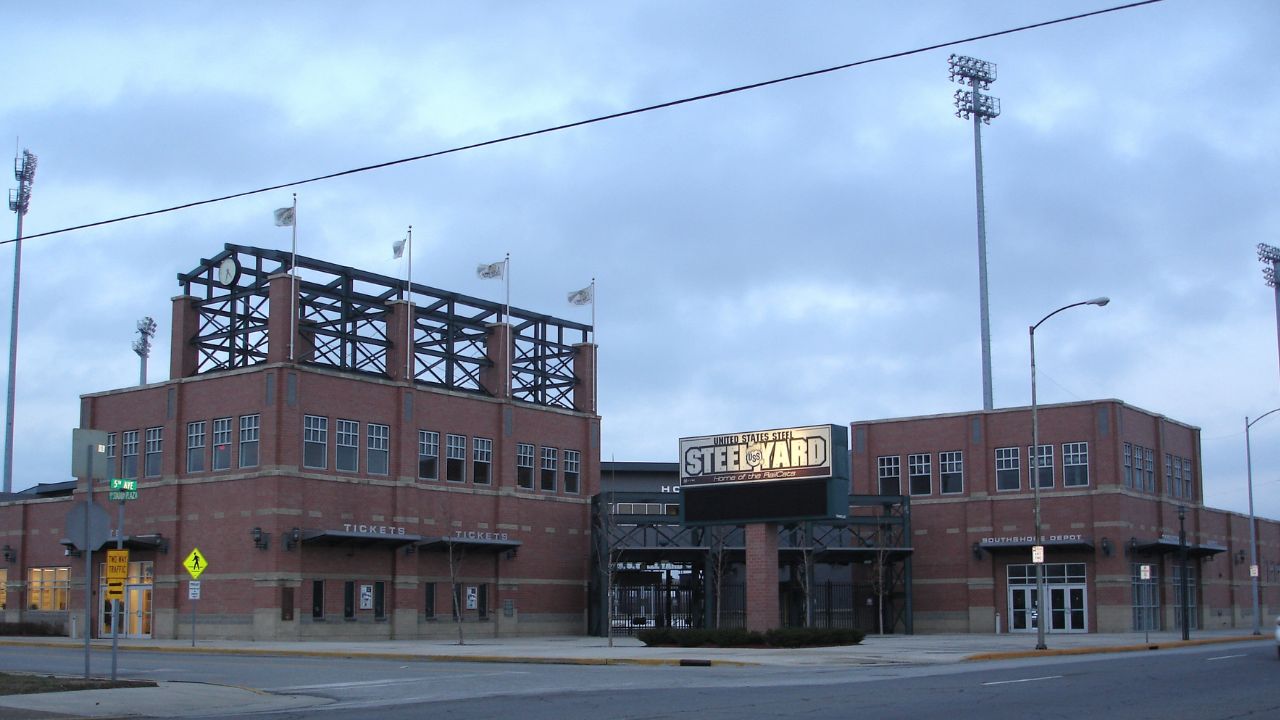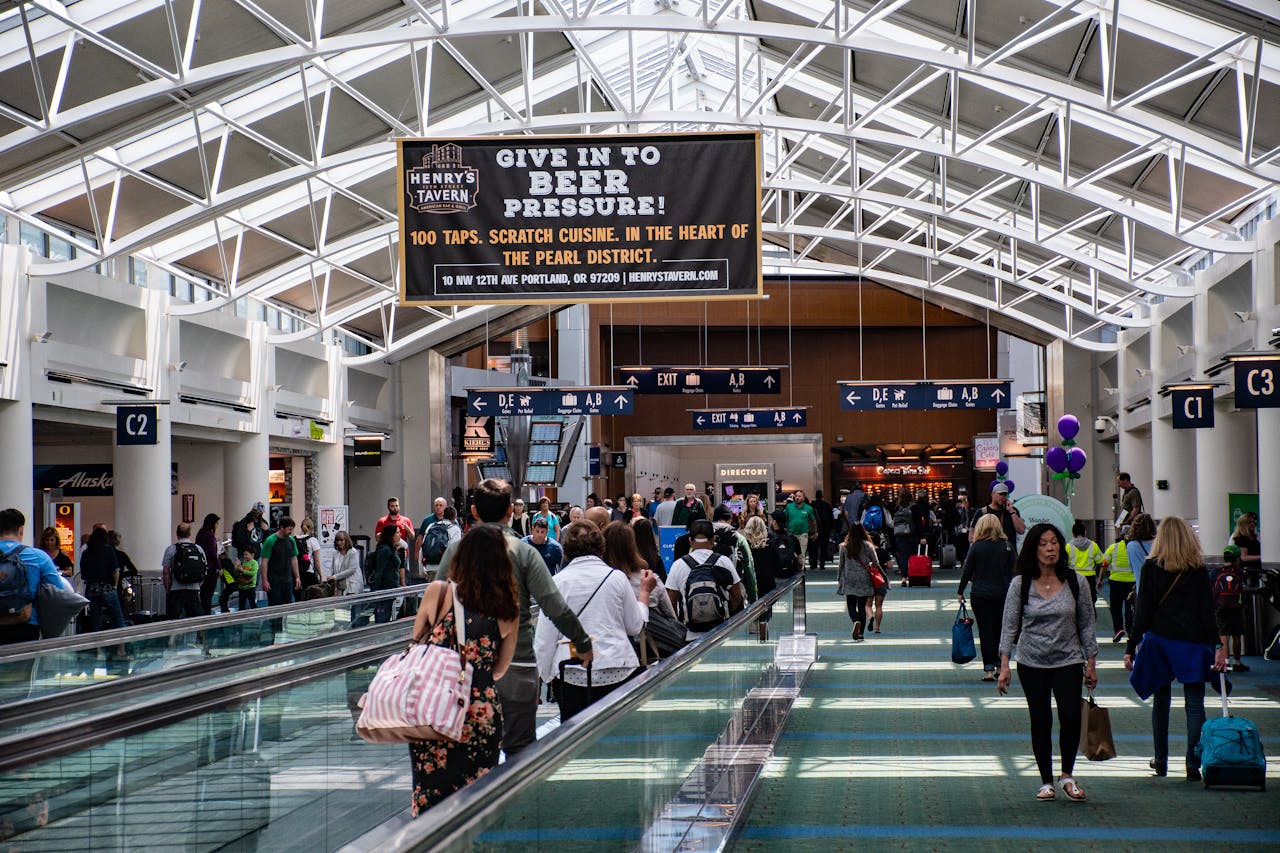Company towns built housing, schools, and stores beside mills and mines so workers lived near the job. Many survive as museums or active communities with tours, plaques, and preserved streets. These twelve places pair clear facts with what you can see now, like factory cores, model housing, and parks that explain labor history. Check visitor centers for hours, respect closed buildings, and bring walking shoes. You will see how paychecks, rail lines, and company rules shaped daily life for decades.
1. Pullman, Illinois
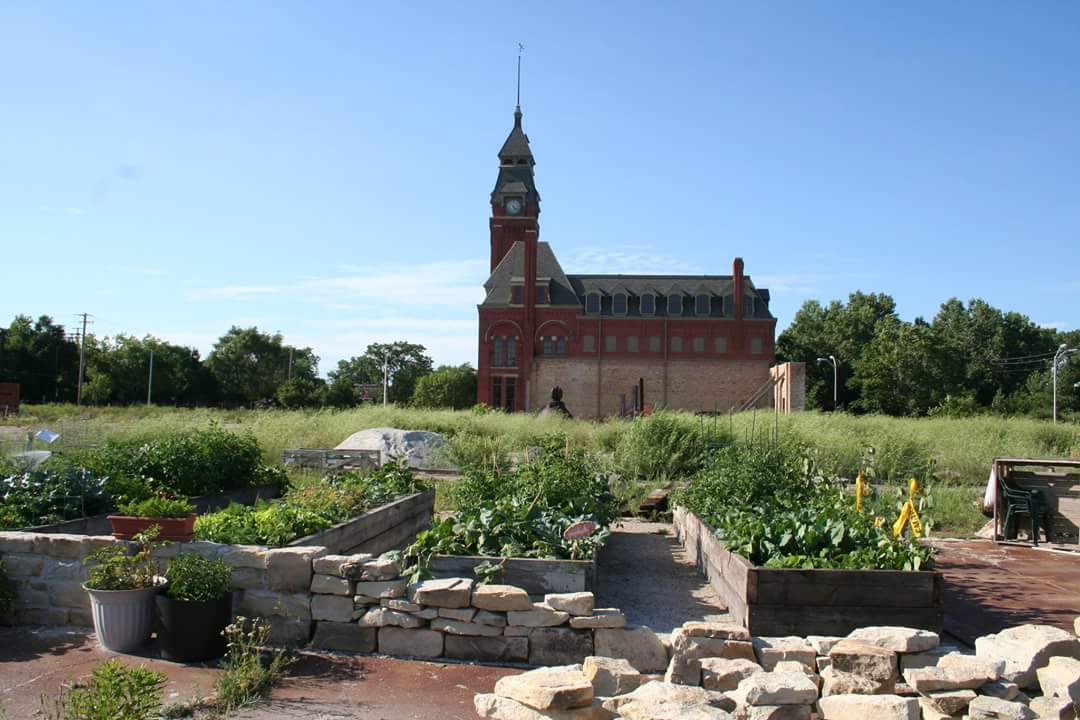
Founded in the 1880s for Pullman Palace Car workers, this planned neighborhood shows brick row houses, a market hall, and the factory green. The 1894 strike made national news and changed labor policy. Today the area is a National Park Service site with restored buildings and exhibits about railcars, housing grades, and the strike. Streets remain a working Chicago neighborhood, so visitors can compare model blocks with later infill. It is one of the clearest examples of a company town turned heritage district.
2. Lowell, Massachusetts
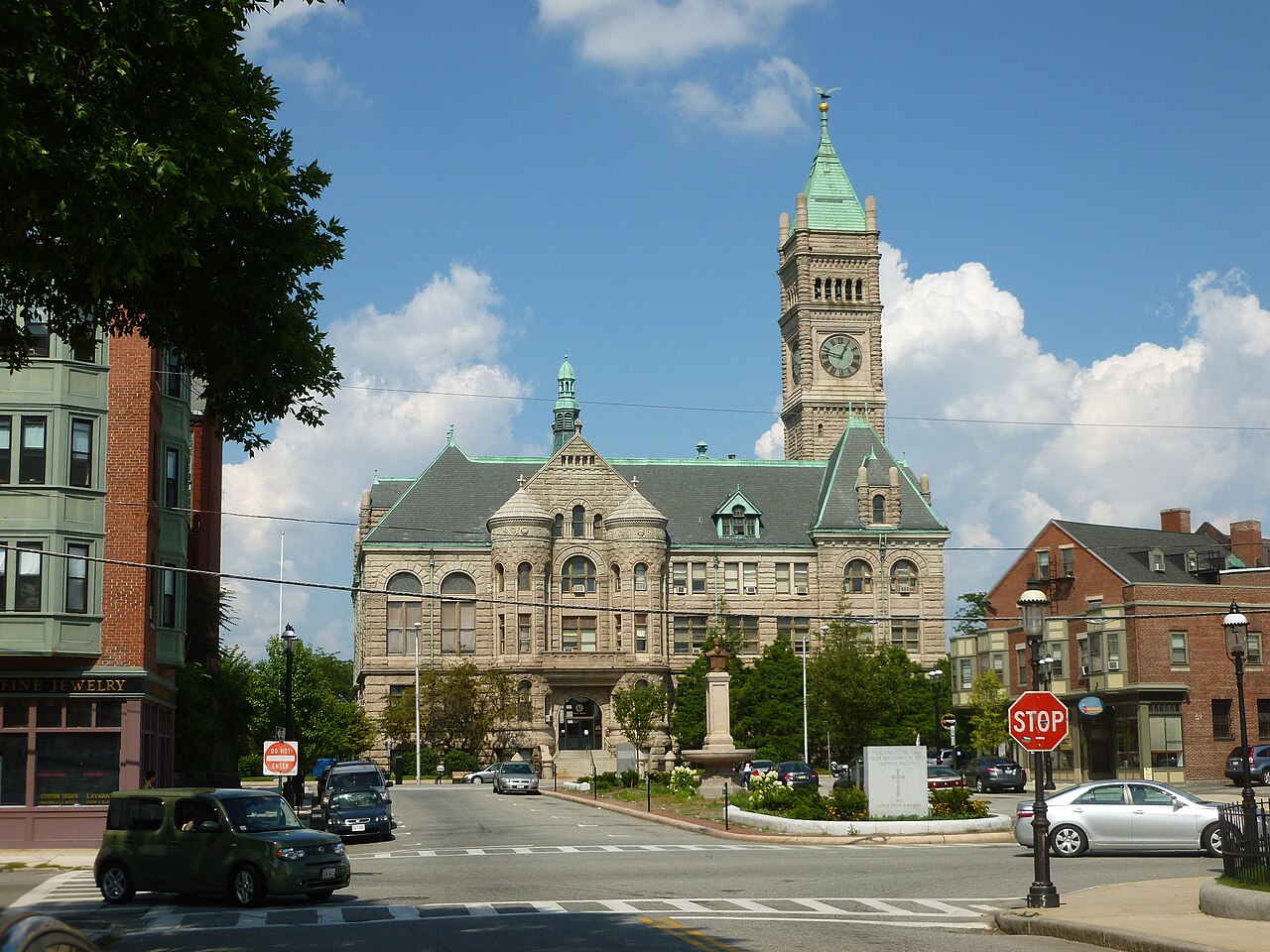
In the 1820s and 1830s, textile corporations built canals, mills, and boardinghouses that housed the famous mill girls. The canal network still drives turbines for demos, and brick mill blocks hold museums that explain shifts, looms, and labor organizing. Lowell National Historical Park offers trolley rides and mill floor tours, turning industrial history into a walkable route. The city grew beyond company control, but the original power system and housing rows remain visible, showing how water and schedules set the pace of life.
3. Hershey, Pennsylvania
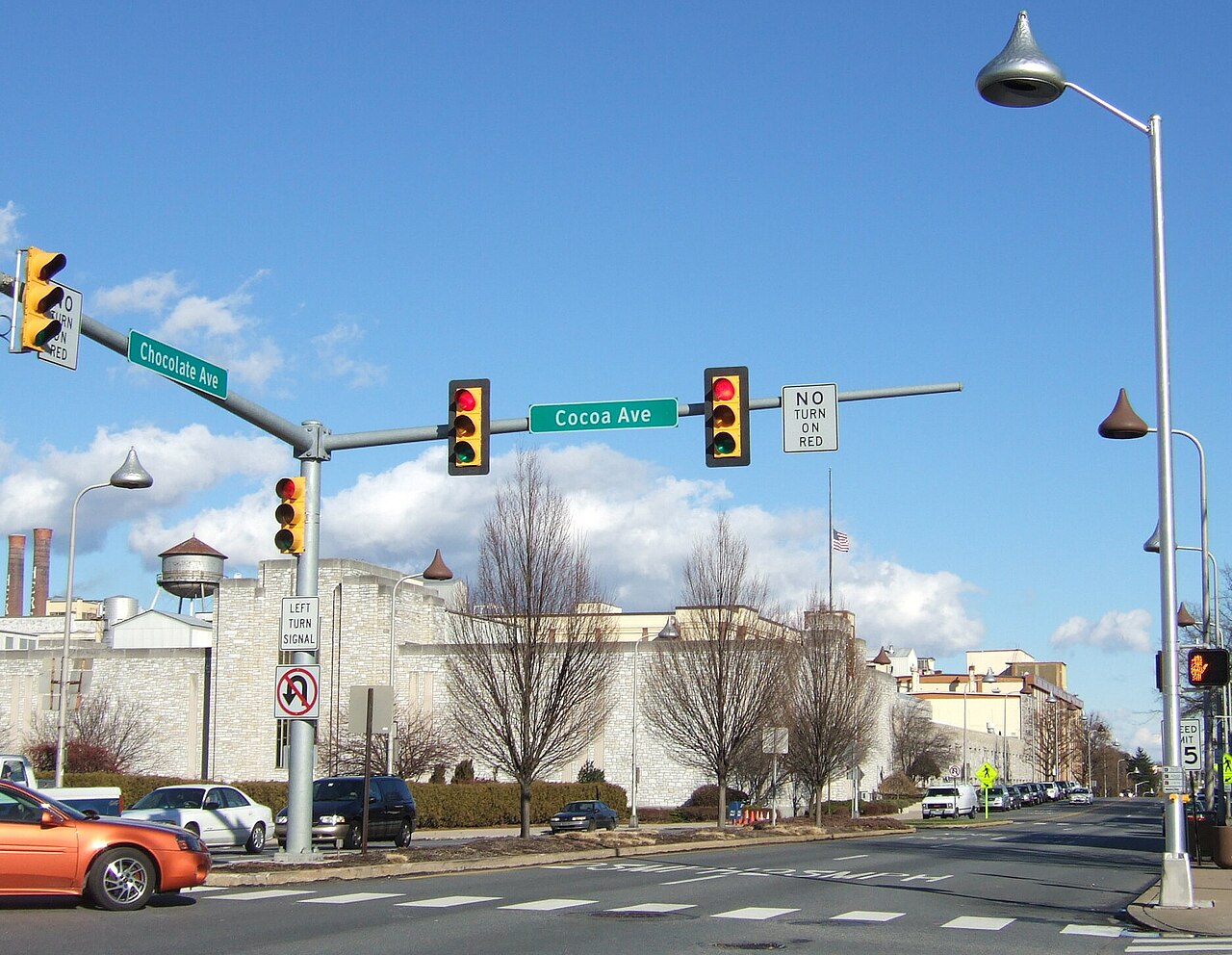
Built around Milton Hershey’s chocolate plant, the town added a school, theater, and model housing to attract and keep workers. Streetlights shaped like kisses mark downtown, and the Hersheypark complex traces its roots to an employee park opened in the early 1900s. The Milton Hershey School endowment funds education to this day, a direct legacy of company wealth. Visitors can see how a factory town layered amenities, transit, and recreation to build loyalty while keeping production close to home.
4. Kohler, Wisconsin
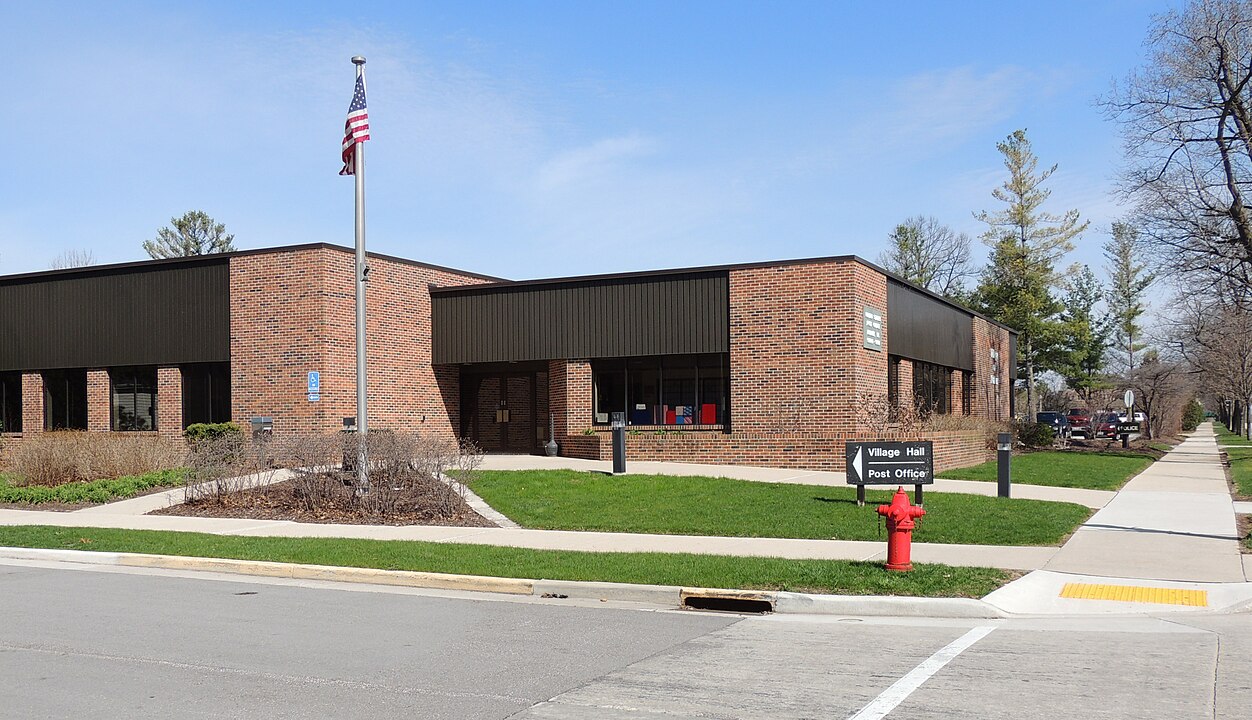
Kohler Company developed a garden village for its plumbing and ceramics workforce starting in the early 1900s. The American Club opened in 1918 as immigrant worker housing and later became a hotel, while the Design Center shows fixtures and company history. Streets follow a landscaped plan with green space between neighborhoods, and the factory complex still runs. The town illustrates how some companies pursued long-term worker retention with parks, schools, and culture next to foundries and kilns.
5. Port Gamble, Washington
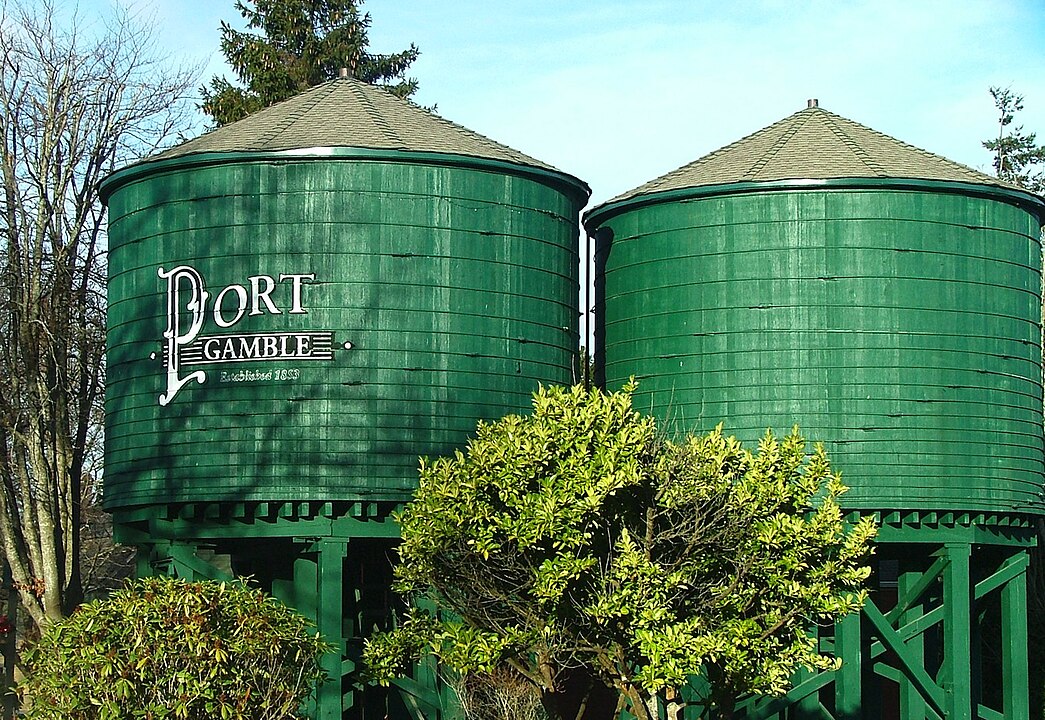
Founded in 1853 by Pope and Talbot for a sawmill, Port Gamble preserves a New England style company town on Puget Sound. False front stores, a museum in the former general store, and tidy worker homes line a gridded hill above the mill site. The town is a National Historic Landmark district, and interpretive signs cover logging, mill fires, and shipping. Trails, a cemetery, and waterfront views round out a compact visit that shows how timber paid for streets and schools.
6. Bisbee, Arizona
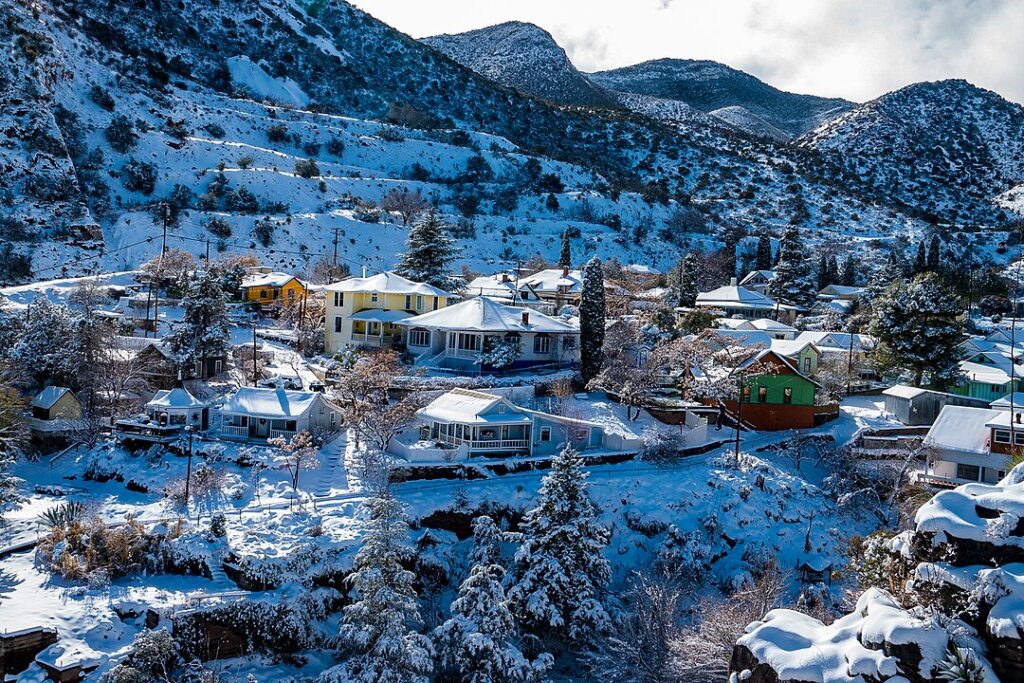
Phelps Dodge ran this copper town with mines, a smelter, and steep stair neighborhoods. The Queen Mine now offers guided tours into cooled drifts where former miners explain blasting, ventilation, and ore cars. The downtown, built on hillsides, reflects company control of land and early worker housing. Murals and the mining museum set dates and tonnages so visitors can connect wages to ore output. When copper prices fell, Bisbee shifted to art and tourism, but the mine works still anchor the story.
7. Anaconda, Montana
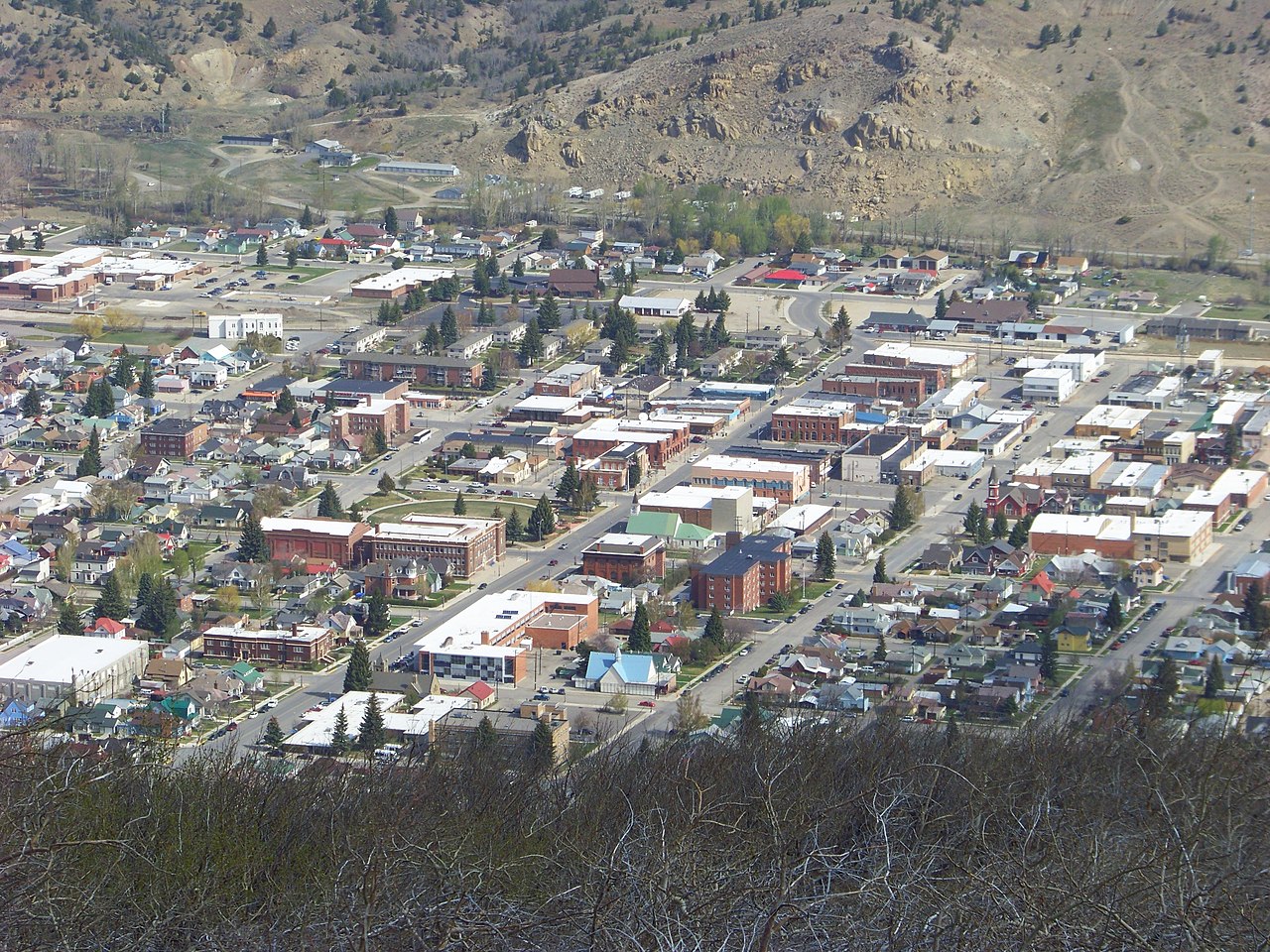
Anaconda Copper built a smelter complex here in the 1890s. The 585 foot Washoe Smelter Stack still stands as a towering landmark even though furnaces are gone. Company built neighborhoods stretch from the stack toward the business district, and exhibits explain how ore moved from Butte’s mines to smelter converters. Rail spurs, brick offices, and union halls document a century of copper refining. Visitors learn how smelting shaped wages, strikes, and the skyline, and why stack height mattered for smoke dispersion.
8. Nuttallburg, West Virginia
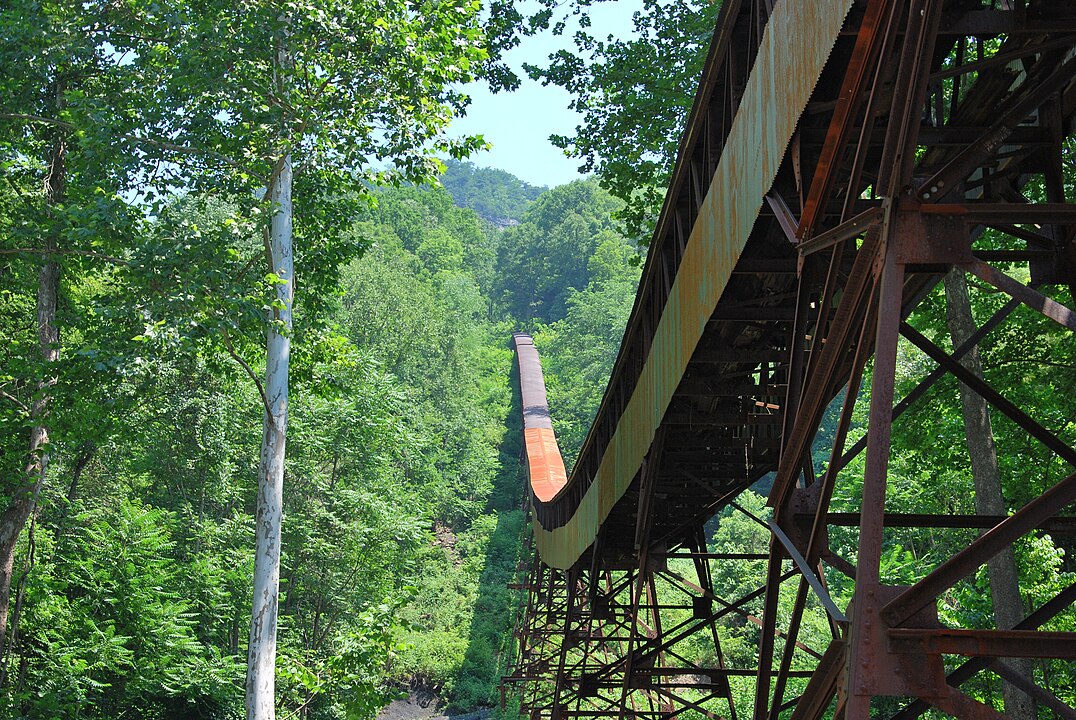
This former coal company town sits inside New River Gorge, where the tipple, conveyors, and coke ovens remain along trails. Henry Ford’s company once leased mining rights here to secure coal for Model T production, tying a mountain hollow to Detroit. Interpretive panels explain company scrip, store credit, and hillside housing rows. With no active mining, it is an open air textbook on how railroads, cables, and gravity moved coal from seam to river barges.
9. Roslyn, Washington

Coal companies built Roslyn’s housing and hired a diverse workforce in the late 1800s, resulting in ethnic halls and a large historic cemetery with sections for different communities. Mine entrances, hoists, and a small museum trace the industry that fed railroads and steamships. Downtown storefronts reflect boom and decline cycles tied to coal demand. Visitors can walk miner cottages, read headstones for dates and origins, and see how company recruiting shaped the town’s cultural map as much as its streets.
10. DuPont, Washington
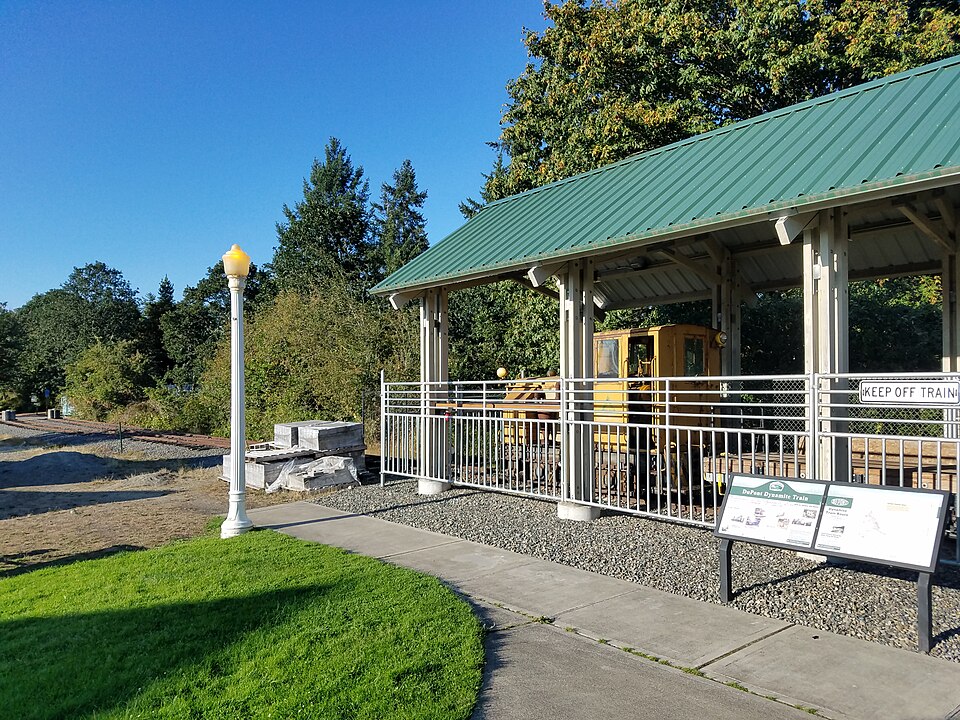
The Pacific Coast Powder Works established a high security explosives plant here in 1909 and laid out a nearby village for employees. Rows of modest houses with shared green space formed a planned community separated from the factory by distance and rail. After the plant closed, the historic village core remained and today features markers, a small museum, and trails to the former works site. The layout shows how hazardous industries managed risk while still providing stable housing for workers.
11. Scotia, California
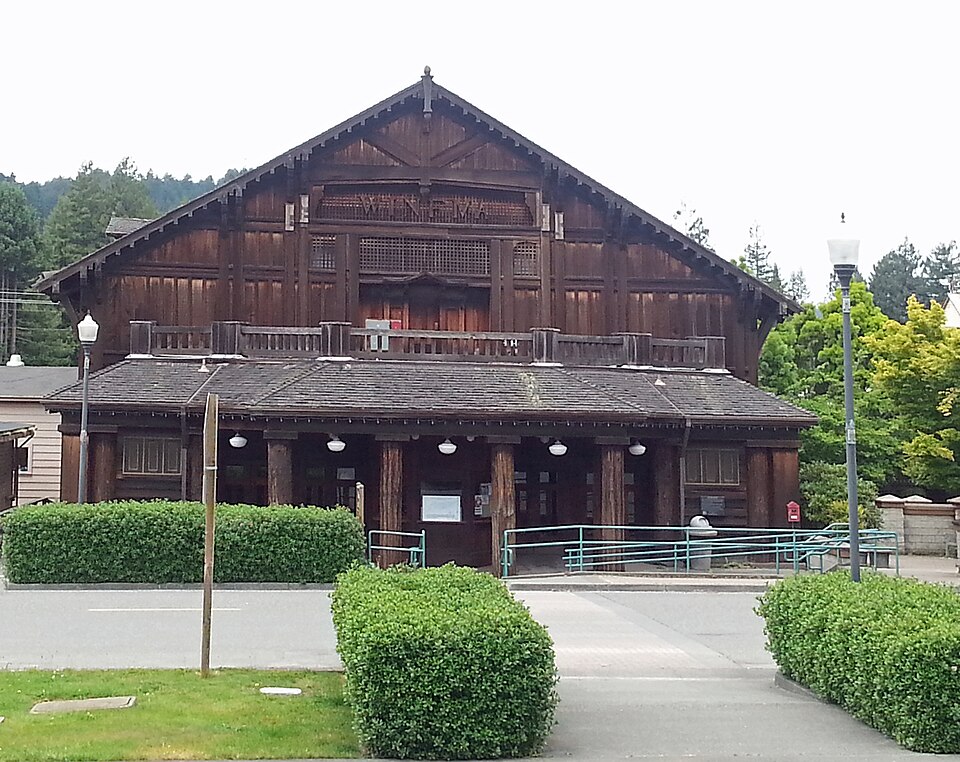
Pacific Lumber founded Scotia in the 1860s on the Eel River, building houses, a hotel, a hospital, and a powerhouse for mill operations. The town functioned under company ownership for over a century, and many structures remain, including the mill site and classic worker cottages. Flood history and logging methods are explained through local displays, tying river control and timber prices to daily routines. Visitors can see why mills sited near rivers for power, logs, and transport, and how that shaped the grid.
12. Gary, Indiana

United States Steel planned Gary in 1906 to serve the massive Gary Works. Company planners laid out broad streets, worker districts, and civic buildings, including a theater and schools. The steel mill still dominates the shoreline, while downtown holds early skyscrapers and public buildings that reflect rapid growth. Tours and histories focus on immigration, union drives, and how a single industry can expand and contract a city within decades. It is a large-scale example of corporate planning turned urban fabric.
